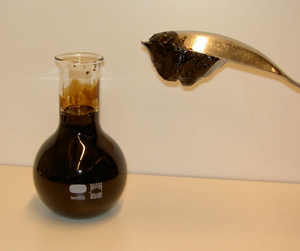Isolation of lignin

In chemical pulp mills, about half of the original raw wood material remains in the spent pulping liquor. Most modern pulp mills burn the spent pulping liquor in order to recover the cooking chemicals and make use of the heat value of the extracted organic material. However, a modern kraft pulp mill has an energy surplus in the form of bark and the lignin present in the black liquor. In integrated pulp and paper mills most of the energy surplus can be utilized, but in mills where the recovery boiler places limits on the capacity, the extraction of lignin from the black liquor makes it possible to increase the capacity.
It has also been suggested that improvements in pulp quality and bleachability can be obtained by decreasing the lignin concentration in the digester. This can be achieved by extraction of lignin from the cooking liquor. However, a lignin kidney in this position must not only be able to extract lignin at the actual dry substance content (commonly 15-18%), but must also accomplish this without altering the pH (pH 13-14) or the temperature (130-180°C) of the cooking liquor. The only kidneys that meet these requirements are ceramic ultrafiltration membranes.
Contact person: Ass. Professor Ola Wallberg, ola.wallberg@chemeng.lth.se
